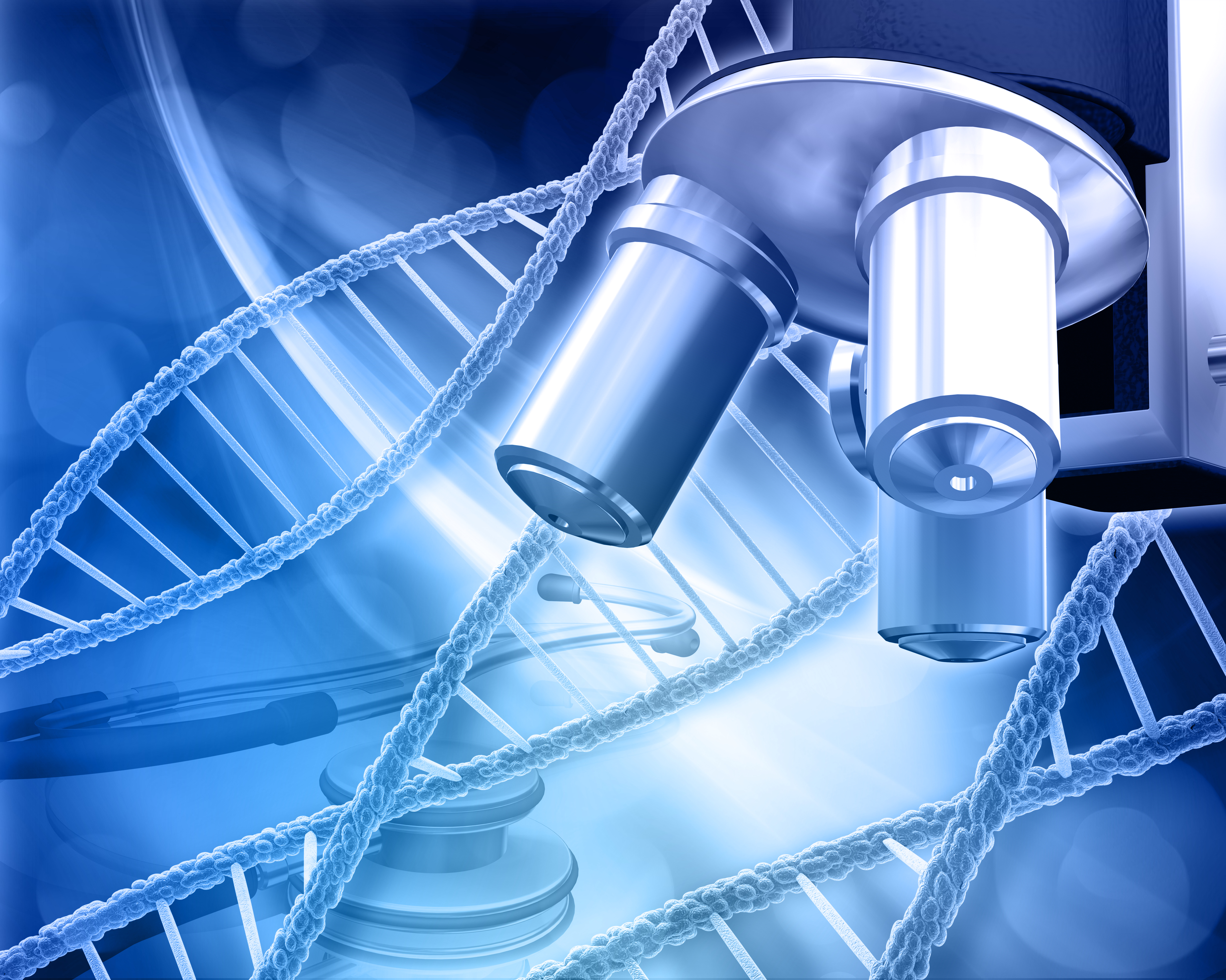The past few years have redefined structural biology. Modern AI predictors made high-quality models accessible in minutes, and that success created a reflex: default to the newest neural model for every task. In practice, many engineering problems still benefit from constraint-aware, physics/empirical tools that let you control what changes and what stays fixed. This is where Rosetta and FoldX continue to deliver.
🧠 What DL Predictors Are Great At
Rapid, plausible 3D models from sequence. For new proteins or distant homologs, AlphaFold and ESMFold provide high-confidence monomer models quickly; newer diffusion/co-folding approaches (e.g., Boltz families) expand to assemblies and interfaces.
Throughput for exploration. Screening many sequences or variants for coarse structural plausibility is now tractable: generate models, check confidence metrics, and cluster shapes before deeper work.
Independent cross-checks. DL predictions give an orthogonal sanity check alongside physics-based scoring and experimental data—useful triangulation in early design.
🚧 Where DL Falls Short for Engineering
Limited control and constraints. Predictors typically rebuild the whole structure. They are not designed to “freeze” experimental coordinates while you alter a specific region under user-defined constraints.
Energetics are indirect. Confidence metrics and learned potentials don’t replace explicit ΔΔG for stability or binding, nor do they capture all environment- or condition-specific effects without careful interpretation.
Attractive, but sometimes misleading. Beautiful predictions can mask subtle packing errors, strained geometry, or lost contact networks that matter in function and manufacturability.
🛠️ What Rosetta & FoldX Still Do Uniquely Well
Local, constraint-aware remodeling (Rosetta). Define exactly which atoms can move, sample local backbone (Backrub/KIC/CCD), repack or design side chains, and relax the result—all while keeping the rest of the complex essentially fixed.
Fast empirical triage (FoldX). Rapidly estimate stability changes and complex binding energies, scan positions exhaustively, and prioritize variants before investing in heavy sampling or MD.
Transparent knobs. Task operations, resfiles, coordinate constraints, and score terms make assumptions explicit, enabling methodical iteration and clear rationale in reports and methods sections.
🧭 A Grounded Decision Guide
- Need a quick fold for a brand-new sequence? Start with AlphaFold/ESMFold; use them to scope feasibility and generate starting models.
- Must preserve known geometry and edit only a region? Use Rosetta with coordinate constraints; add FoldX to triage variants by ΔΔG and interaction energy.
- Screening a large design space? Combine both: DL for breadth (plausible shapes), FoldX for fast energetics, Rosetta for high-fidelity refinement of finalists.
- Validating robustness? Short, restrained MD (OpenMM/GROMACS) to assess local mobility (RMSF) and detect fragile packing.
🔄 A Practical “Best-of-Both” Workflow
- Start from the most trustworthy structure. Clean the PDB, define the edit window, and document constraints.
- FoldX triage. Repair once; scan targeted mutations; compute ΔΔG for stability and complex interaction energy to down-select.
- Rosetta refinement. Freeze everything you want preserved; sample local backbone and repack/design allowed residues; relax under Cartesian coordinates.
- Lightweight dynamics. Run short restrained MD to confirm rigidity/consistency and catch hidden clashes or strain.
- DL cross-check (optional). Re-fold finalists with AlphaFold/ESMFold to confirm secondary-structure tendencies and gross compatibility; treat as corroboration, not ground truth.
⚠️ Pitfalls to Avoid
- Tool-first thinking. Start from the scientific question and constraints; pick tools to match, not because they’re new or popular.
- Single-model overconfidence. Always examine ensembles and stress-test with alternative methods; look at geometry, packing, energetics, and dynamics together.
- Ignoring binding energetics. For complexes, evaluate interaction energy explicitly (e.g., FoldX or appropriate Rosetta terms), not just model confidence.
✅ Takeaways
Deep learning made protein models fast and accessible—an enormous win. But method fit matters: for controlled, local engineering with preserve-this-don’t-move-that requirements, Rosetta and FoldX remain the right starting points. Use DL predictors as powerful companions for exploration and cross-checks, not as one-size-fits-all solutions.
